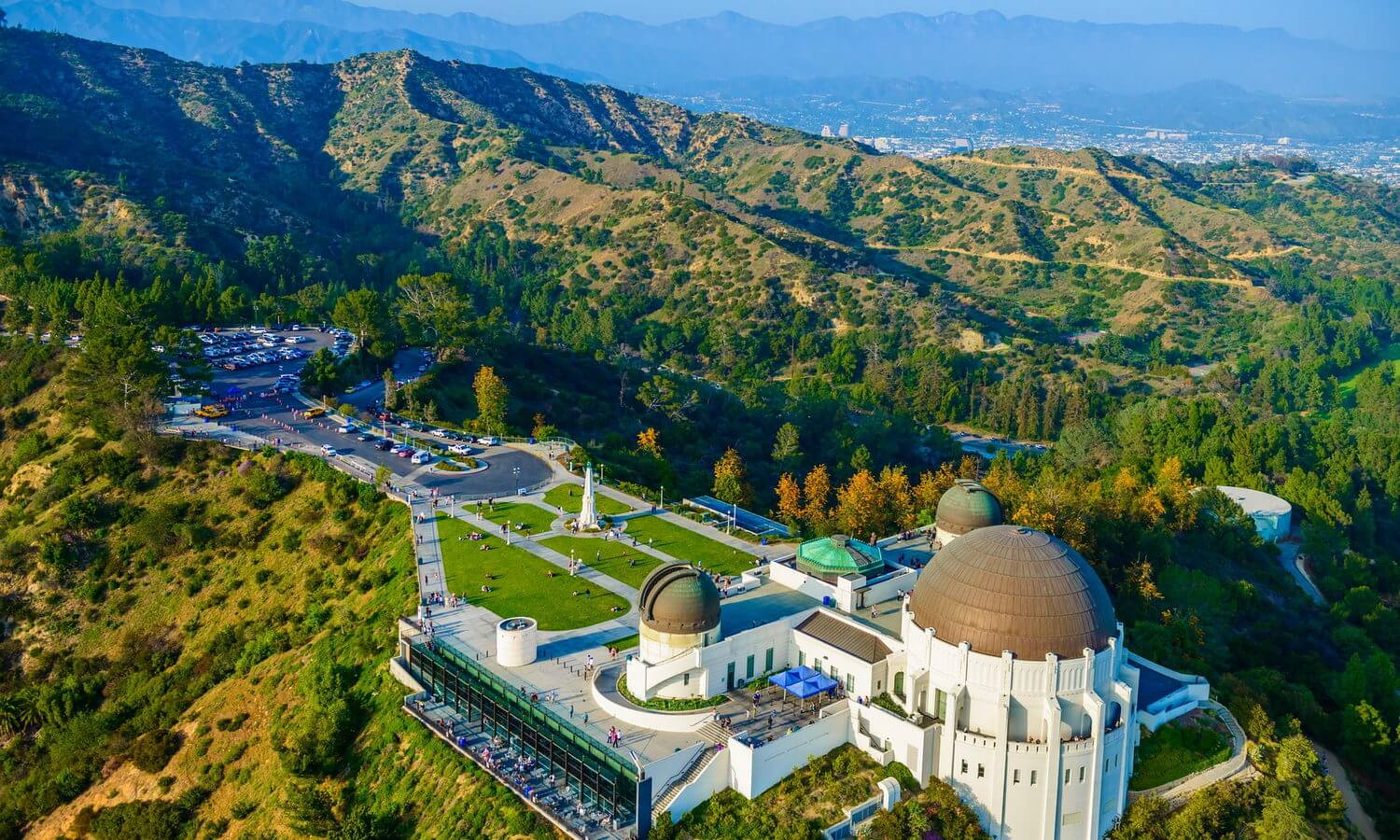Last week saw the celebration of the famous Ratha-yatra festival in India which is celebrated with much fanfare in Puri, Odisha and other Eastern parts of India.
According to the most prominent legend from Skanda Purana, after the war of Mahabharata, King Indradyumna was intrigued when a travelling pilgrim told him about the worship of Nila Madhava (Blue Vishnu) in the region of Nilanchal (Blue Mountains) which is present day Odisha. The next day, Vidyapati, the king’s brother set out for the region to have a look at the deity. The Savara king of the region, received Vidyapati and assured him that he would take him to see the deity the next day, but under the condition that he would have to go blindfolded. Vidyapati agreed, but took some mustard seeds in his pocket, in which he had made a small hole. He kept dropping the seeds as they walked along so that the route would be marked with mustard flowers making it easier for him to follow the path to the deity.
Later Vidyapati returned to his region and narrated the whole story to King Indradyumna, who then set out to see the deity himself. On reaching the spot, they were surprised to see that the deity was missing and the whole area was covered with sand. The king came back dejected. Later he was told by Narada Muni to perform Ashwamedha Yagna to appease Nilamadhava. On the completion of the yagna, they heard a divine voice tell them that his prayers have been answered and that they would find a log floating on the waters soon, which would have divine marks like a conch-shell, etc. The king should carve out images of three gods and install and worship the same. Soon after they found a log of wood floating with such marks and the log was of a neem tree. Around the same time an old Brahmin came from nowhere and suggested that he could do the work best as he understood the divine marks, but under the condition that he would be allowed to work undisturbed and behind closed doors. He would not come out of the room till the idols were ready. Also nobody could go into the room until he had finished the carvings.
Soon the carving started and people grew more and more curious as did the king and his queen. One day they heard no sound coming out from behind the door and the queen was sure that the old Brahmin was dead. She ordered the room to be opened. But no sooner was that done, the old Brahmin vanished from there and there were only the unfinished idols. Since that day, the unfinished idols have been worshipped in the same form. Many say that the old Brahmin was none other than the divine architect, Lord Vishwakarma, himself.
The idols are made of wood, so the idols have to be replaced once in a while. The idols are replaced in the years when there are two Ashad (June/July) months, as per the Hindu calendar, resulting in an extra month (adhik-masa), which comes once in 12 years in a well marked event known as the Nav Kalebra (Nav – new, Kalebra – body). The belief is that in such a year the earth and the universe undergoes some change in its shape and form, and thus the lord of the universe, Jagannath too transforms. The old idols are buried in the temple premises. This year, i.e. 2015 has seen the installation of the new idols.
The temple is the house for Lord Krishna, as Jagannath, his brother Balabhadra or Balarama and their sister Subhadra. According to a legend, Lord Jagannath had once expressed his desire to spend a week at his aunt’s house. About two kilometres from the Jagannath temple is the Gundicha Mandir, which is supposed to be the temple of the aunt of Lord Jagannath. Since then, every year on the Ratha yatra day, all the three deities are taken out in a grand procession in three different chariots to Gundicha Mandir. There the deities are taken inside the Gundicha Mandir where the trio rest for a week and return to the Jagannath temple in what is known as the ‘ulta-rath’ or the reverse-chariot.
Some versions say that Subhadra wanted to meet her parents in Dwarka and the procession is to mark this occasion. Some other versions say that Kansa, Krrishna’s uncle had sent his messenger Akrur, to fetch Krishna to Mathura from Gokul. All of Krishna’s friends and his gopis blocked the way and Krishna had to pacify them that he would not be harmed. The ratha-yatra is also supposed to be in commemoration of this separation of Lord Krishna from Gokul and his childhood friends and gopis.
Yet another local version says that the mortal remains of Lord Krishna were transformed in a wooden log which was found by a local Savara (an aborigine of the region) who started worshipping it. Later King Indrayumna took it from him and carved out three idols out of it and established a temple for the same.
STORY COLLECTED BY: Utkarsh Patel
TEXT: Skanda Purana
IMAGE DETAILS: Sampradaya Sun, Lithographic print by Raja Ravi Varma, showing Lord Jagannath, Balabhadra and Sudarshan
IMAGE SOURCE: Wikipedia
